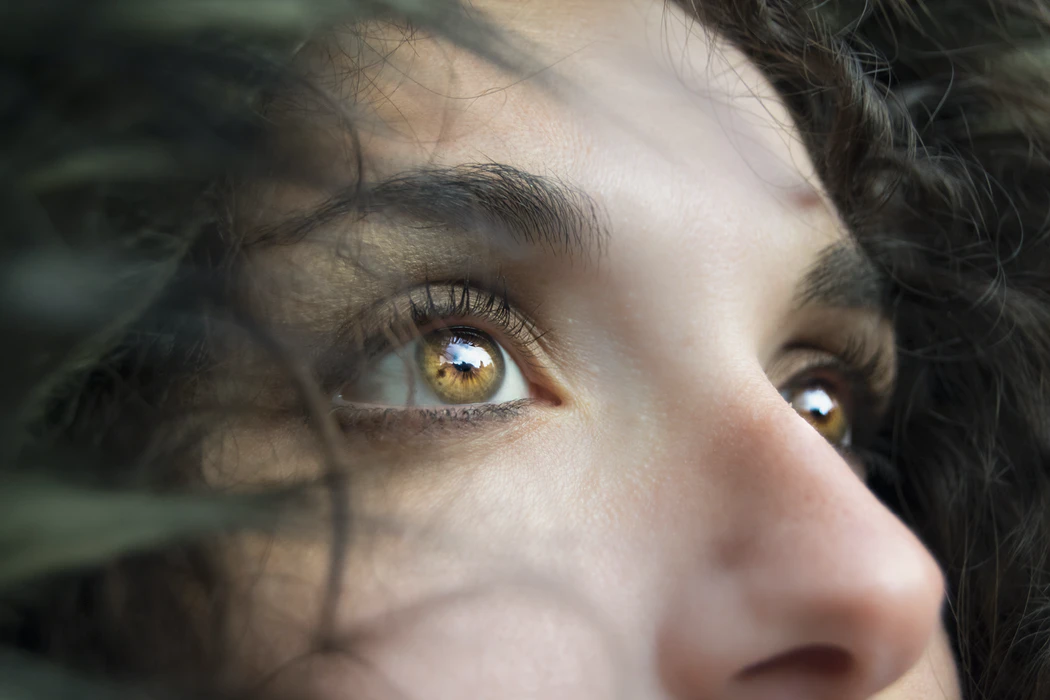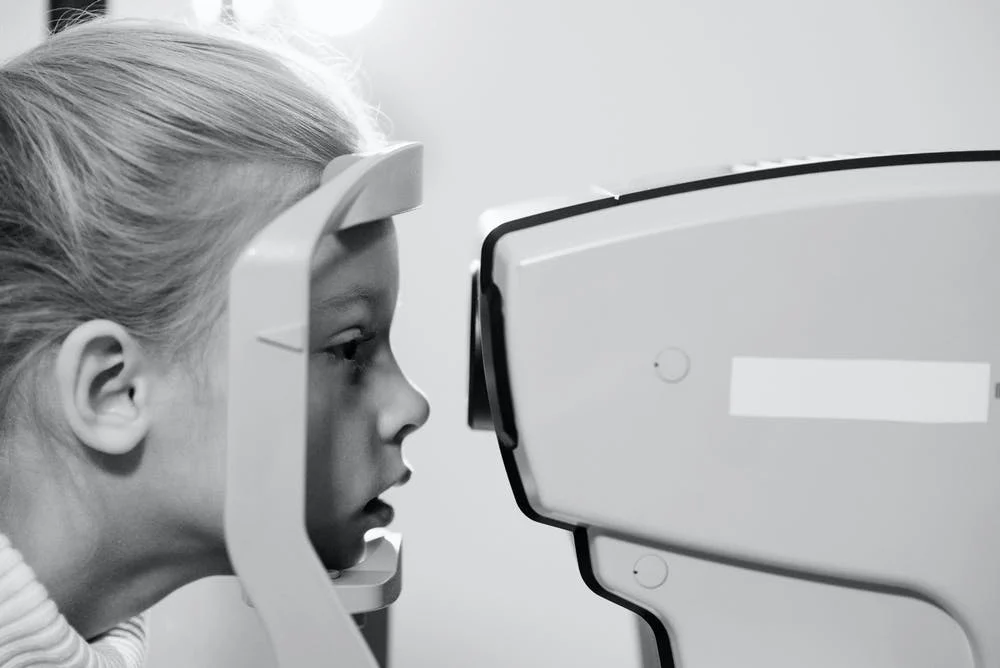Everyone at one time or another has experienced eye twitching. This common and sometimes hereditary condition exists in more than one form and can have a number of triggers and causes.
Types of Eye Twitching
A person can experience minor and temporary twitching called eyelid myokymia, a more irritating type of twitching called benign essential blepharospasm, or the twitching of the eyelid on one side of the face, called hemifacial spasm. All are characterized by the involuntary movement of the eyelid.
Eyelid myokymia will typically disappear on its own in a few minutes. This form of eyelid spasm usually occurs occasionally, and the majority of people who experience it will not need any treatment.
Benign essential blepharospasm is characterized by eye twitching lasting for more than a few minutes, and which causes the eyelid muscle to contract intensely enough to close the eyelid partially or completely.
Hemi-facial spasm occurs on one side of the face only, but most often on the left side. It involves the muscles that surround the mouth as well as those in the eyelid. Hemifacial spasm can also cause intense contraction of the eyelid muscle. In some cases, contraction can force the eye shut.
Eye Twitching Triggers and Causes
Eyelid twitching can be triggered by a number of factors, including:
- Exposure to bright light
- Excess caffeine or alcohol intake
- Stress and fatigue
- Eye irritation
- Certain medications
- Smoking
- Wind and airborne irritants
As well, eye twitching can have a number of root causes, such as:
- Bell’s palsy
- Parkinson’s disease
- Multiple sclerosis
- Tourette’s syndrome
Symptoms and Risks
Certain symptoms, such as the following, can make a case of eye twitching more serious:
- Spasms that affect other muscles in the face
- Twitching that lasts more than one week
- Intense spasms causing complete closure of the eyelid
- Spasms causing the eyelid to droop
- Twitching that’s accompanied by discharge, swelling, or redness of the eye
Experiencing symptoms such as prolonged and involuntary eye closure may lead to increased risks when performing certain activities, such as driving. Irritation causing swelling can cause blurry vision, which can be distracting when performing daily activities.
Because some forms of twitching can be due to more serious causes like multiple sclerosis, going without treatment or diagnosis can lead to worsening symptoms, which can increase the risk to personal health and safety.
Treatment Options
Eyelid myokymia, or minor eye twitching, can go away on its own when certain adjustments, such as getting sufficient sleep and reducing stress, are made. If eye twitching is accompanied by dry eyes or irritation, a prescription for artificial tears can ease these symptoms.
Although benign essential blepharospasm cannot be cured, several pharmaceutical and non-pharmaceutical treatment options are available to improve symptoms. These include:
- Chiropractic treatments
- Botulinum toxin injection
- Nutrition therapy
- Lorazepam
- Acupuncture
- Artane or Tritane
- Biofeedback
People with benign essential blepharospasm may also avoid flare-ups by eliminating triggers like excessive caffeine intake. In severe cases, surgery may be another option for eliminating eye-twitching symptoms. The myectomy procedure, for example, involves the removal of some of the nerves and muscles located around the eyelid. This procedure can both eliminate the symptoms of benign essential blepharospasm and relieve the arterial pressure on facial nerves in cases of hemifacial spasm.
Eye twitching is a very common condition with several options for treatment. However, it’s important to speak with your medical or eye doctor to prevent unwanted side effects and rule out more serious nervous system or brain disorders before beginning any treatment regimen.
A Full Range of Ophthalmologist Services
The experienced ophthalmologists and surgeons at ADV Vision Centers offer comprehensive testing and treatment for a wide range of eye conditions, including blepharospasm or hemifacial spasm.
Our offices are conveniently located in San Luis Obispo, Santa Maria, and Paso Robles. Visit any of these locations to claim a complimentary consultation, a $200 value, at no cost to you.
To claim your consultation and learn more, visit our website or call (805) 987-5300. Alternatively, you can feel free to text your enquiry to: (805) 621-7737.









